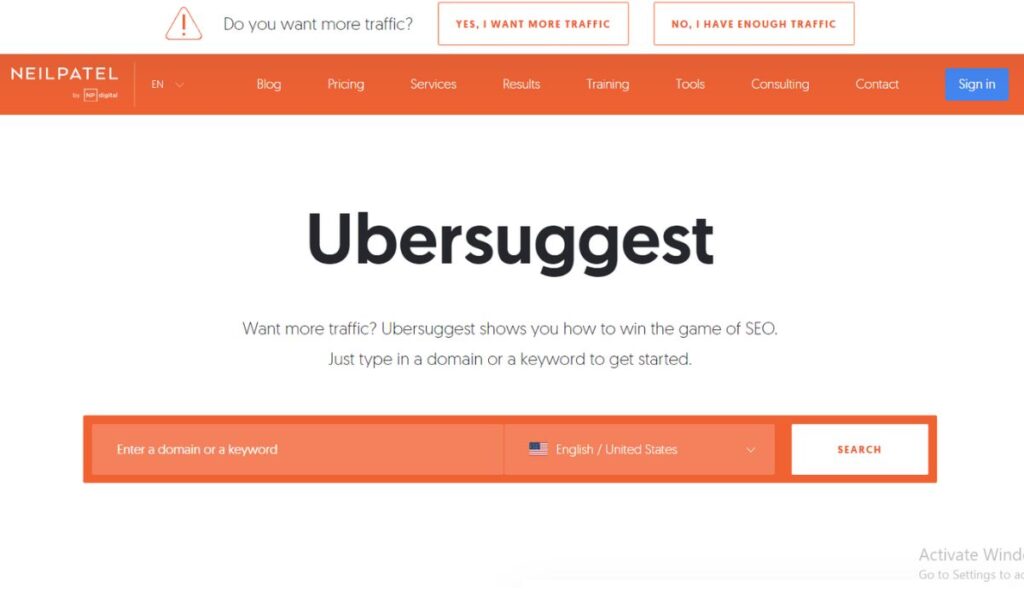Introduction
In the world of SEO, links are like roads connecting different web pages, and some of these roads are more valuable than others. If you’ve ever wondered, What are Dofollow links?, you’re in the right place. Dofollow backlinks are among the most important factors in helping your website rank higher on search engines like Google. In this guide, we will dive deep into everything you need to know about dofollow links, how they impact SEO, and how to use them to boost your website’s visibility.
What is a Dofollow Link?
A dofollow link is a hyperlink that allows search engines like Google to follow the link and pass authority (or link juice) from one website to another. When a website links to another site using a dofollow link, it essentially tells search engines, “I trust this site, and you should too.” This trust is passed along in the form of SEO value, making the linked page more likely to rank higher in search engine results.
Example of a Dofollow Link in HTML:
<a href="https://example.com" rel="dofollow">Visit Example Site</a>
In this example, the “rel” attribute is either omitted or set to “dofollow” by default, meaning search engines will follow the link.
Why Are Dofollow Links Important for SEO?
Dofollow links are like a vote of confidence from one site to another. When a high-authority website links to your content with a dofollow link, it signals to search engines that your content is valuable and relevant. This is why dofollow backlinks are a crucial element of any successful SEO strategy.
Here are some key benefits of dofollow links:
- Boost Search Engine Rankings: The more high-quality dofollow links pointing to your site, the higher your pages are likely to rank in search results.
- Pass SEO Value: Dofollow links transfer PageRank, helping to increase the authority of your site.
- Increase Organic Traffic: With higher rankings come more visitors, leading to increased traffic and potential conversions.
- Build Domain Authority: Websites with more dofollow backlinks from reputable sources tend to have stronger domain authority, which is a key factor in long-term SEO success.
How to Create Dofollow Links
Creating dofollow links can be done in several ways, and it’s important to aim for a natural link profile by earning links from reputable sources. Here are some methods to create dofollow backlinks:
1. Guest Posting
Guest posting on reputable websites is one of the most common ways to earn dofollow backlinks. When you contribute high-quality content to another blog, you can often include a dofollow link back to your site within the article or author bio.
2. Content Marketing
Create valuable, shareable content like infographics, videos, and in-depth blog posts. If your content provides value, other websites will naturally link to it with dofollow links.
3. Social Media
While most social media platforms use nofollow links, some platforms and forums allow dofollow links in posts or profiles. Look for platforms where you can share content and include dofollow backlinks.
4. Internal Linking
Linking to your own content with dofollow links is another simple way to boost your SEO. Ensure that your internal links point to high-quality, relevant content to maximize their impact.
Dofollow vs Nofollow Links: What’s the Difference?
While dofollow links pass SEO value and authority, nofollow links do not. This doesn’t mean nofollow links are worthless, but they don’t contribute to SEO rankings in the same way as dofollow backlinks.
Key Differences:
- Dofollow Links: Pass SEO authority and improve rankings.
- Nofollow Links: Do not pass SEO value but can still drive traffic and improve brand visibility.
When to Use Each Type:
- Use dofollow links for important content that you want to promote and help rank in search engines.
- Use nofollow links for user-generated content (e.g., blog comments, forum posts) or when linking to untrusted sites.
How to Check If a Link is Dofollow
To check whether a link is dofollow or nofollow, you don’t need any special tools—just follow these simple steps:
- Right-click on the link you want to inspect.
- Select “Inspect” or “View Page Source” depending on your browser.
- Look for the “rel” attribute in the HTML code.
- If it says
rel="nofollow", it’s a nofollow link. - If it doesn’t include “nofollow,” it’s a dofollow link.
- If it says


Alternatively, you can use browser extensions like “SEOquake” or “MozBar,” which will highlight dofollow and nofollow links on a page automatically.
Best Practices for Building links
Building dofollow backlinks is essential for SEO, but not all backlinks are created equal. Follow these best practices to ensure your backlink strategy is effective:
1. Focus on Quality Over Quantity
Not all links are beneficial. A few high-quality dofollow backlinks from authoritative sites are worth far more than hundreds of low-quality ones.
2. Diversify Your Link Sources
Make sure your dofollow backlinks come from a variety of domains, including blogs, news sites, and industry-related websites. This shows search engines that your content is valuable across different niches.
3. Build Links Organically
Avoid purchasing links or engaging in link schemes. Instead, focus on creating content that earns dofollow backlinks naturally over time.
4. Use Anchor Text Wisely
Anchor text is the clickable text in a hyperlink. Use descriptive and relevant keywords as anchor text for your dofollow links, but avoid over-optimization, as Google could penalize you for it.
5. Regularly Monitor Your Backlinks
Keep an eye on the health of your backlink profile using tools like Ahrefs, Moz, or Google Search Console. This helps you identify any harmful or broken links that need to be disavowed or fixed.
Common Mistakes to Avoid
When working with dofollow links, it’s easy to make mistakes that can harm your SEO efforts. Here are some pitfalls to watch out for:
Overloading with Exact-Match Anchor Text
Using the same exact-match keywords repeatedly in anchor text can lead to over-optimization, which may result in penalties from Google. Aim for a natural mix of anchor text types.
Low-Quality Link Sources
Receiving dofollow backlinks from spammy or low-quality websites can do more harm than good. Always aim for backlinks from reputable and relevant sites.
Ignoring Nofollow Links
While dofollow links are important for SEO, don’t ignore nofollow links. They can still bring valuable traffic and increase brand visibility.
Over-Relying on One Type of Backlink
Diversify your backlinks by getting a mix of dofollow and nofollow links from a variety of sources. Over-reliance on a single type of link can appear unnatural to search engines.
Conclusion
Dofollow links are a critical component of any successful SEO strategy. By understanding what they are, how they work, and how to build them effectively, you can significantly improve your website’s search engine rankings and drive more organic traffic. Remember, it’s not just about acquiring as many links as possible—quality always trumps quantity when it comes to SEO dofollow links.
Focus on building strong, organic relationships with reputable sites, and create content worth linking to. Over time, this approach will help your website climb the ranks and maintain a strong online presence.
FAQs
What is a dofollow link in SEO?
A dofollow link is a hyperlink that passes SEO authority from one website to another. When a website includes a dofollow link, it signals to search engines that it trusts the linked content, which helps the linked page improve its search rankings.
How do dofollow links help in SEO?
Dofollow links pass link juice or SEO value from one website to another, boosting the linked site’s authority. This helps improve the rankings of the linked page in search engine results, which can lead to more organic traffic and visibility.
Can nofollow links still be useful?
Yes, nofollow links can still drive traffic and improve brand visibility. Although they don’t pass SEO authority, they can lead to other websites linking to your content with dofollow links, indirectly benefiting your SEO.
How can I get more dofollow backlinks?
You can earn dofollow backlinks through guest posting, creating high-quality and shareable content, networking with other websites, and engaging in content marketing strategies that encourage others to link to your site.

Welcome to Digital Profit Track, sharing insights on digital marketing, freelancing, and online earning.
Contact me at: team@digitalwsf.com




